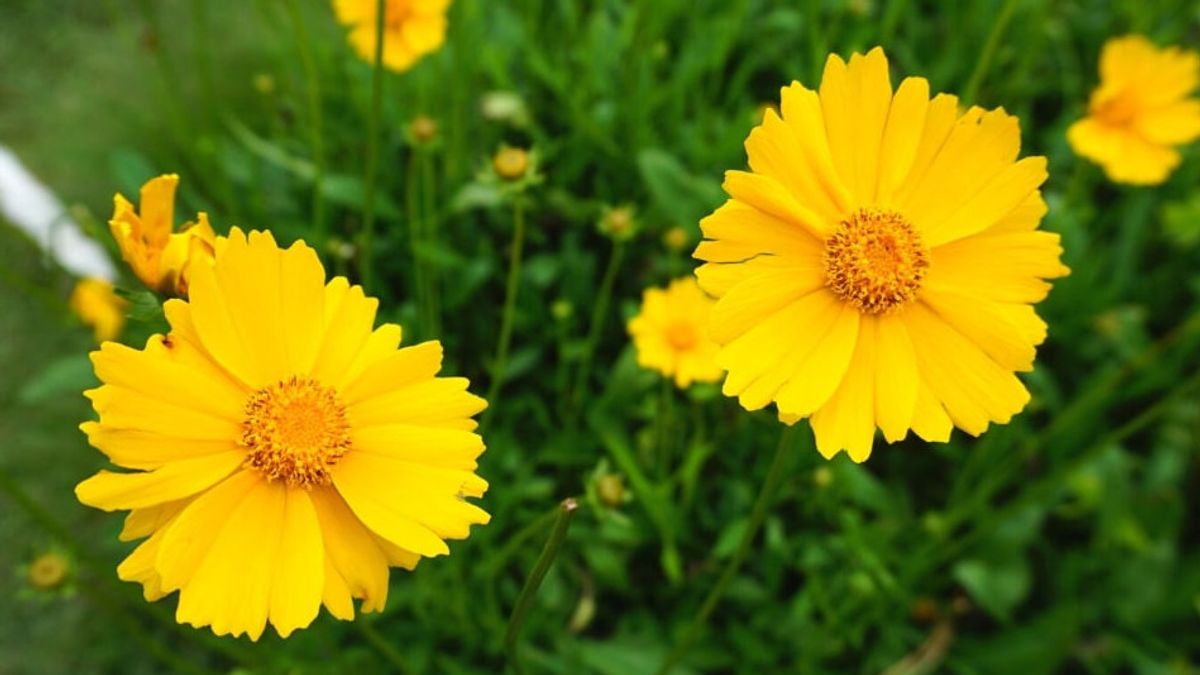JAKARTA - Flowering ornamental plants have the aim of adding to the beauty of decorations, presenting colors, and maybe even the aroma in your residence. Although it seems luxurious, there are several plants that can survive only with basic maintenance. Try to cheer up the house with the following five flowering ornamental plants that will thrive despite the lack of maintenance, reported by The Spruce, Thursday, January 18.
Christmas Cactus can grow with minimal conditions of care. In fact, you don't need to set light so that flower buds can grow. The ends of the stem produce flower petals with different lengths and palettes of pink to red patterns.
Christmas cactus thrives when placed near the window. Don't let the stems touch a cold window because plants can be damaged due to cold weather. Although it requires soil that has good drainage, this plant also needs high humidity.
Many succulents become ornamental plants that are easy to care for, but few look as beautiful as kalanchoe when they bloom. Like other succulents, kalanchoe doesn't like wet soil. Plants must remain humid in the spring to fall, but reduce watering in winter. Kalanchoe is a native tropical plant and although it is a beautiful flowering plant, it is difficult to make it bloom again outside its original region.
Peace knowledge is also classified as a plant that lacks care. This plant does not require a lot of direct light and can deal with excessive or less occasional watering. Peace knowledge has a dark green and glossy leaf color balanced with white spathe or bracts that cover a small flower cluster and look almost like a variety of leaves. The flowers smell light. This plant will flower even in the most shady house.
In order to bloom well, begonia requires a bright location. But don't place it too close to the window because it can be damaged by the wind. You can choose the rex begonia variety because it has beautiful pink colors. Apart from the begonia rex, look for the begonia with fibers such as waxy leafy varieties, angely wings, and hairy leaves.
Bromeliad species can be terrestrial (growing in soil) or epiphytic (sticking to trees and absorbing nutrients through their leaves). When planted as ornamental plants, both types are grown in a porous pot mixture and have good drainage.
As a general guideline, bromeliads will thrive in the same conditions as epiphytic orchids. However, they are much more tolerant than orchids for temperature fluctuations, drought, and careless feeding. Bromeliad is a plant that grows relatively slowly which takes one to three years to mature into flowering plants.
The English, Chinese, Japanese, Arabic, and French versions are automatically generated by the AI. So there may still be inaccuracies in translating, please always see Indonesian as our main language. (system supported by DigitalSiber.id)













